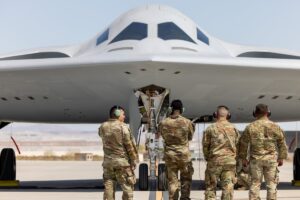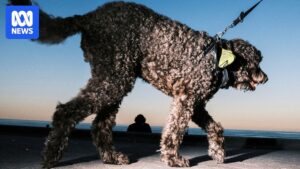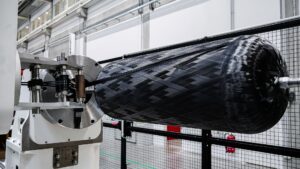
The 54th U.S.-Japan Advanced Spaceborne Thermal Emission and Reflection Radiometer (ASTER) Science Team Meeting, held from June 9-11, 2025, in Tokyo, Japan, brought together approximately 25 experts from both countries. The meeting, hosted at the Japan Space System’s offices, aimed to address critical issues such as proposed NASA budget cuts for FY 2026 and the implications for the ASTER mission.
Representatives from NASA’s Jet Propulsion Laboratory (JPL), the University of Arizona, University of Pittsburgh, and Grace Consulting joined their Japanese counterparts from institutions including the Geologic Survey of Japan, National Institute of Advanced Industrial Science and Technology, and the Remote Sensing Technology Center of Japan. The gathering underscored the collaborative efforts to manage ASTER’s operations amid financial and technical challenges.
Key Discussions and Developments
The meeting’s agenda was comprehensive, covering the impacts of potential budget reductions, updates on data acquisition, and the future of ASTER and the Terra platform. Michael Abrams, the U.S. ASTER Science Team Lead from JPL, highlighted the mission’s achievements and challenges, including the Terra spacecraft’s power status and the implications of a proposed accelerated Phase F closeout.
Yasushi Yamaguchi, Japan’s ASTER Science Team Lead, and Abrams emphasized the importance of maintaining high data capture rates, which currently exceed 99%. Despite the November 2024 shunt failure, which temporarily halted the instrument, operations have resumed with VNIR and TIR observations back on track.
Applications and Innovations
The Applications Working Group session showcased how ASTER data is being utilized in various scientific fields. Michael Ramsey from the University of Pittsburgh presented a novel approach to forecasting volcanic activity using ASTER’s long-term archive. His team’s deep learning model demonstrated significant success in anomaly detection for volcanoes in Réunion and Russia.
Meanwhile, Miyuki Muto from Ibaraki University highlighted the use of ASTER time-series digital surface models to monitor waste volume changes in landfills across developing countries. This application provides a longer historical perspective compared to synthetic aperture radar data, offering valuable insights for future studies.
Calibration and Validation Insights
The Calibration/Validation Working Group focused on ensuring the radiometric and geometric performance of ASTER’s instruments. Bjorn Eng from JPL reported on the delivery of updated algorithms that incorporate MERRA-2 data, enhancing the accuracy of atmospheric profiles used in data processing.
Satoru Yamamoto from the Geologic Survey of Japan presented stable calibration trends for the VNIR lamps, reinforcing the instrument’s reliability. Field campaigns in Nevada and Utah further validated the accuracy of ASTER’s temperature products, with discrepancies within acceptable ranges.
Temperature-Emissivity and Mission Planning
Discussions on ASTER’s kinetic temperature and emissivity products highlighted the ongoing efforts to refine data accuracy. Mike Abrams’ analysis of the ASTER Level-2 Surface Kinetic Temperature Product demonstrated improvements using MERRA-2 atmospheric data, validating the enhancements in temperature readings.
The Operations and Mission Planning Working Group reviewed the acquisition programs, emphasizing the importance of scheduling efficiency to maximize data collection. The team aims to achieve at least one cloud-free image for every location on Earth, despite challenges posed by persistent cloud cover.
Future Directions and Challenges
The meeting concluded with a consensus that the ASTER instrument continues to operate effectively, despite budgetary constraints. The team is preparing for potential impacts on operations due to a 50% budget reduction, which could lead to increased data loss.
Looking ahead, the ASTER Science Team is focused on adapting to these challenges while planning for the next joint meeting in May 2026. The commitment to advancing Earth observation science remains strong, with continued collaboration between U.S. and Japanese partners.
Michael Abrams
NASA/Jet Propulsion Laboratory/California Institute of Technology







